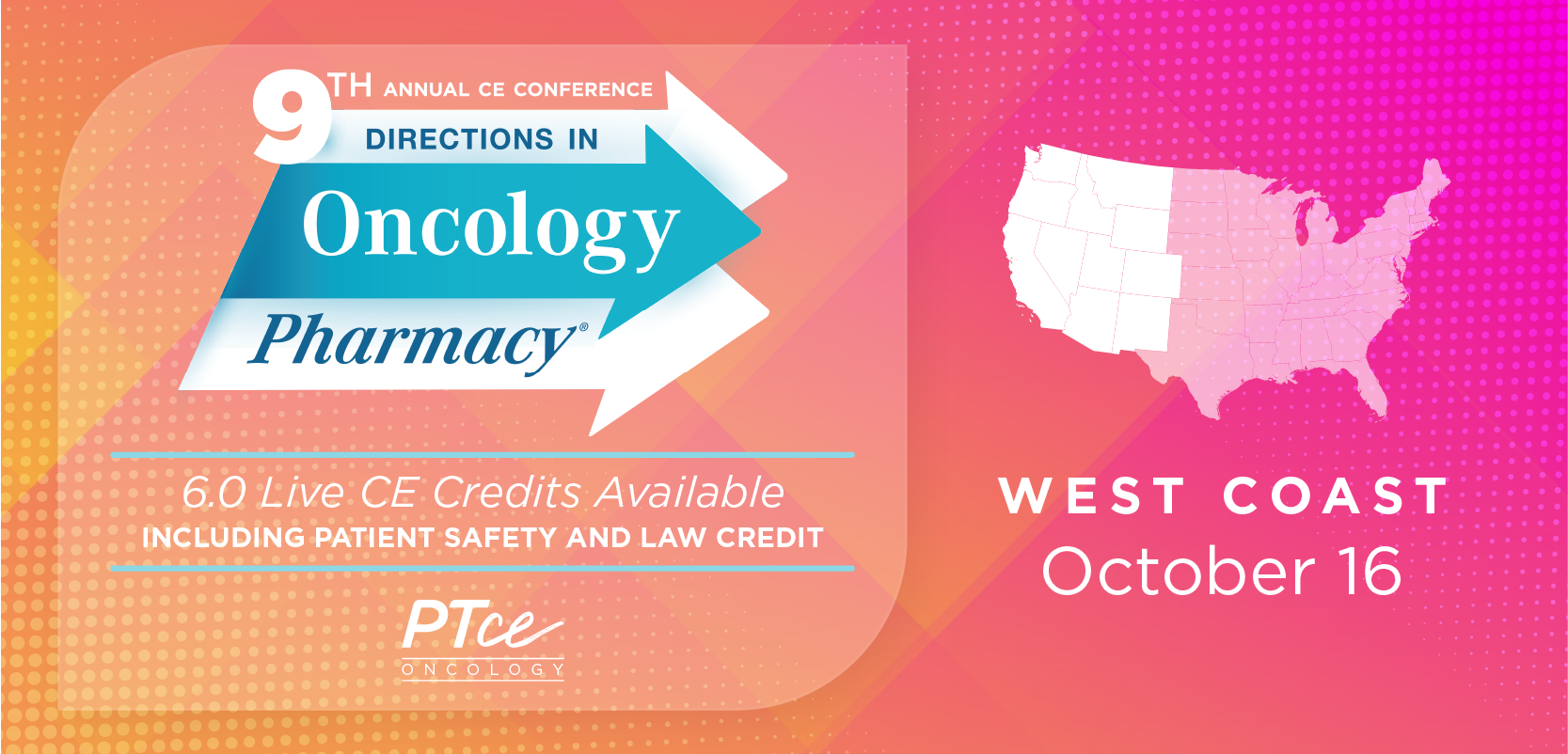
- May 2020
- Volume 90
- Issue 5
Soak Up the Latest Sunscreen News for Best Protection
The FDA recently advanced proposed regulations to ensure ingredients’ safety and effectiveness.
In recent years, sunscreen use has become controversial. Many wonder whether the products are effective and safe, if they harm the environment, and what strength should be used. Many new sunscreens address these valid concerns.
PROS AND CONS OF SUN EXPOSURE
Sunlight can trigger the release of hormones, such as melatonin and serotonin, in the brain.1 Melatonin helps regulate the circadian rhythm, and serotonin boosts mood and promotes calmness and focus. Through UV-B radiation, sunlight helps the body manufacture vitamin D, which, plays a role in both a general feeling of well-being and healthy, strong bones.1 Sun exposure may also be a factor in treating several skin conditions, including acne, eczema, jaundice, and psoriasis.
On the other hand, exposure ages the skin, which becomes thicker and loses elasticity.2 In addition, prolonged exposure can cause damage that may lead to skin cancer, which has risen sharply in recent years.2
TYPES OF SUNSCREEN
Sunscreens have 2 main components: the active ingredient, which provides the protection, and the emulsion, the vehicle that delivers the active ingredient.3
There are also 2 types of active ingredients. UV absorbers take in UV radiation and convert it to heat.3 These chemicals are considered organic because they contain carbon atoms.3 With the second type, UV reflectors, minerals absorb and scatter UV radiation.3
Sunscreens usually contain more than 1 active ingredient and can have 6 or more. Sunscreens labeled “broad spectrum” contain active ingredients that filter both UV-A and UV-B rays, a desirable quality. UV-A rays can age the skin prematurely, leading to age spots and wrinkles. UV-B rays cause sunburns.4
SPF EXPLAINED
Sun protection factor (SPF) is the measure of how much UV radiation penetrates the screen. The higher the SPF, the less radiation passes through, although at some point a higher SPF does not provide much more protection than the level below. For example, an SPF of 15-plus filters out about 93% of UV-B rays; SPF 30-plus, 97%, SPF 50-plus, 98%; and SPF 100-plus, 99%.3,5
The SPF indicates how long it would take the UV rays to redden the skin if the product were used exactly as directed versus if no sunscreen were used. Ideally, an SPF of 30-plus means that the user can take 30 times the sun exposure before experiencing the effects of going without sunscreen.6
POINTS OF CONTENTION
Controversy about sunscreen use focuses on 2 main issues. The first: the possibility of UV-blocking chemicals penetrating the skin and causing adverse reactions. The FDA recently advanced newly proposed regulations to ensure that sunscreen ingredients are effective and safe.
Of the 16 active sunscreen ingredients used in products on the market, only titanium dioxide and zinc oxide have proved effective and safe. Two others, p-aminobenzoic acid (PABA) and trolamine salicylate, are deemed unsafe. The remaining 12 active ingredients lack the data to be considered safe.7 The FDA has asked the industry and other parties involved for additional data.7
The other issue involves the effect on marine life. When individuals swim and shower after applying sunscreen, the product enters waterways, and many water treatment plants do not remove the residual chemicals. Sunscreen chemicals known to be harmful to marine life such as coral, dolphins, fish, green algae, mussels, and sea urchins include benzophenone-1, benzophenone-8, 4-methylbenzylidene camphor, titanium dioxide nanoparticles, zinc oxide nanoparticles, octyl dimethyl PABA, oxybenzone, and 3-benzylidene camphor.8
CHEMICAL VERSUS MINERAL PRODUCTS
Both chemical and mineral sunscreens present pros and cons. For now, individuals can choose which type to use, but that may change once the FDA has sufficient data to make an informed decision on each chemical.
Chemical sunscreens are easy and quick to apply; do not leave a white film on the skin; and, statistically, perform better than mineral products on consumer tests. Conversely, chemical sunscreens can be toxic, have a detrimental effect on marine life, and must be applied about 30 minutes before sun exposure. Mineral sunscreens contain the only active ingredients the FDA considers generally effective and safe for human use, do not threaten marine life, and start working immediately after application.
Mineral sunscreens are thick and sit on top of the skin, so they may worsen conditions such as acne. Because they are not absorbed, mineral sunscreens tend to wear off sooner than chemical ones and may need to be applied more often.
Generally, mineral sunscreens are the better, healthier choice. However, until the FDA makes definitive regulatory changes, both chemical and mineral sunscreens, as well as combinations, will remain readily available.
SUN-SAFETY TIPS TO SHARE WITH PATIENTS
- Apply a broad-spectrum sunscreen that blocks both UV-A and UV-B rays, with an SPF of at least 15 but preferable 30 or higher.
- Check the sunscreen’s expiration date. If none is listed, be aware that sunscreen kept at normal temperature has a shelf life of 3 years.
- Reapply sunscreen often, according to the directions.
- Remember that mineral sunscreen is healthier than chemical sunscreen. • Seek shade between 10 am and 2 pm, when the sun’s rays are strongest.
- Wear a wide-brimmed hat to protect the ears, face, and neck; long-sleeved shirts and long pants; and sunglasses that shield the eyes from UV rays, reducing the risk of cataracts and protecting the sensitive skin around the eyes.
Kathleen Kenny, PharmD, RPh, has more than 25 years of experience as a community pharmacist and is a freelance clinical medical writer based in Colorado Springs, Colorado.
REFERENCES
- Nall R. What are the benefits of sunlight? Healthline. May 25, 2018. Accessed March 15, 2020. https://www.healthline.com/health/depression/benefits-sunlight
- Ultraviolet radiation (UV). World Health Organization. Accessed March 15, 2020. https://www.who.int/uv/faq/uvhealtfac/en/index2.html
- How does sunscreen work? Cancer Council. Published January 19, 2018. Accessed February 23, 2020. https://www.cancercouncil.com.au/blog/how-does-sunscreen-work/
- Best sunscreen: understand sunscreen options. Mayo Clinic. Published May 21, 2019. Accessed February 23, 2020. https://www.mayoclinic.org/healthy-lifestyle/ adult-health/in-depth/best-sunscreen/art-20045110
- What’s wrong with high SPF? Environmental Working Group. Accessed February 23, 2020. https://www.ewg.org/sunscreen/report/whats-wrong-with-high-spf/
- Ask the expert: does a high SPF protect my skin better? Skin Cancer Foundation. Published May 24, 2018. Accessed February 23, 2020. https://www.skincancer.org/ blog/ask-the-expert-does-a-high-spf-protect-my-skin-better/
- FDA advances new proposed regulation to make sure that sunscreens are safe and effective. News release. FDA. February 21, 2019. Accessed March 15, 2020. https:// www.fda.gov/news-events/press-announcements/fda-advances-new-proposed-regulation- make-sure-sunscreens-are-safe-and-effective
- Skincare chemicals and coral reefs. National Oceanic and Atmospheric Administration website. Updated January 23, 2020. Accessed February 23, 2020. https://www. oceanservice.noaa.gov/news/sunscreen-corals.html
Articles in this issue
over 5 years ago
Interactives: Case Studies (May 2020)over 5 years ago
Pet Peeves (May 2020)over 5 years ago
Palforzia From Aimmune Therapeutics Incover 5 years ago
Spread the Word About Medication Therapy Management Servicesover 5 years ago
Acne Can Be Troublesome But Responds to Treatmentover 5 years ago
Drug Manufacturers Must Increase Transparency During Pandemicover 5 years ago
Generic Products (May 2020)Newsletter
Stay informed on drug updates, treatment guidelines, and pharmacy practice trends—subscribe to Pharmacy Times for weekly clinical insights.

























































































































































































































